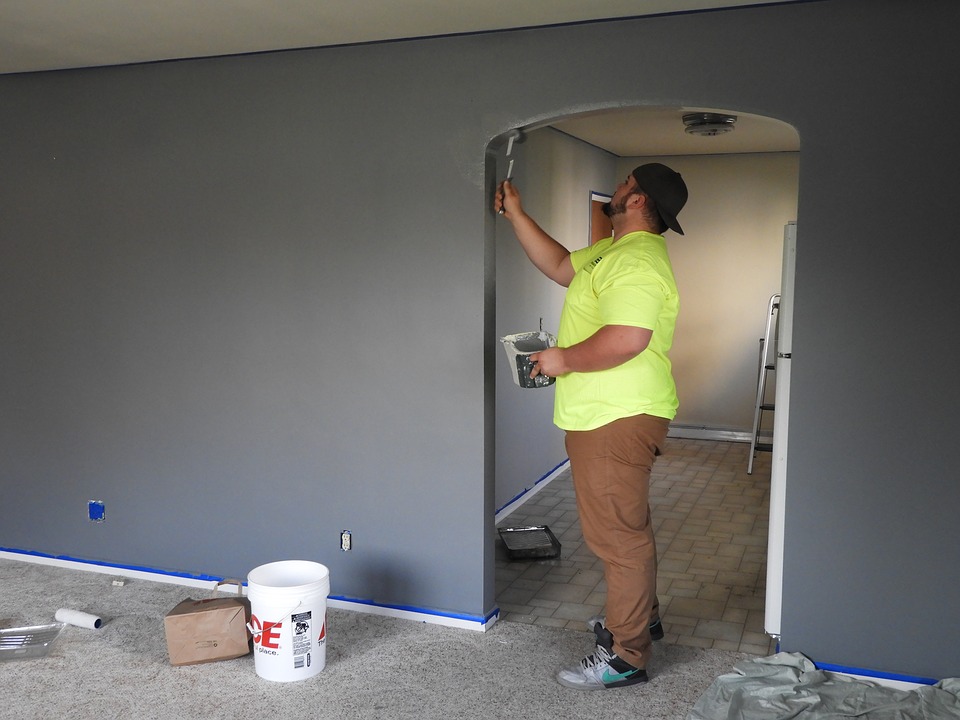No doubt, a fuel storage tank is a huge money-saver.
So, if you want to sell your home, removing the fuel tank is an effective way to increase the value of the property. Let’s delve into the details!
Benefits Of Removing Fuel Tank From Your Residence
1. Avoid Leakage Remediation Expenses
If you have a fuel tank on your property, there are several consequences to consider, the primary one being its cost. A fuel tank can develop leaks, so you will have to cover the charges of its repair and get the leaked oil cleaned up.
While having a fuel tank has several upsides, not every homeowner would be willing to cover its maintenance charges. So, by removing the gas tank, you may be able to attract more buyers for your home.
2. Avoid Damage To Your Property
In case your property is old, chances are its oil storage tank would be in really bad shape. Half of the fuel tanks aren’t designed to be buried underground. They rust due to water seepage and are prone to leakages.
This not only affects your property and neighborhood but also poses a threat to the environment. And all of this can be avoided by removing the fuel tank from your home.
3. Save On Fuel Refills
Poorly maintained fuel tanks can cost you loads of money without you realizing it. While big leaks are fairly easy to detect, slow leaks can go unnoticed for a long time. Your fuel can continue to seep out of the tank, wreaking havoc on your property and increasing the bills.
Due to this, you’ll have to shell out cash for frequent refills. But you can easily cut your costs by going tankless.
4. Reduce Environmental Risks
If not maintained properly, residential fuel tanks can be a menace to the environment. With the groundwater hitting alarming levels in certain areas, a fuel leak is the last thing one would want. Oil spills affect the biodiversity of the soil and disrupt the water cycle.
Furthermore, leaked oil seeps into the soil and contaminates groundwater systems that supply water to several households and communities.
5. Local Laws And Regulations
Whether the Environmental Protection Agency (EPA) regulations apply to your residence depends on the size of your tank. If your gas tank is below 1,000 gallons and is for residential use, you’re good to go. But if it’s bigger, then all the laws that apply to a regular gas station are also applicable to you.
In that case, you will have to register with the EPA and get your fuel tank inspected to buy oil. Prospective buyers may demand an insurance policy for the tank or some discount to deal with this inconvenience.
How To Remove Fuel Tank From Your Residence
1. Notify The Authorities
It’s mandatory to notify the local government about your residential fuel tank removal a month before the procedure. You can go forward with the removal once the municipalities approve it.
2. Find A Contractor
Hire a reputed tank removal company to carry out the procedure. Estimate the total cost of the removal, compare prices, and go through their quote to choose the best service provider.
As a rule of thumb, ensure that the contractor you hire is licensed to work in your area.
3. Empty The Tank
Carefully remove all the fuel residue from the tank before starting the removal. This must be done using a hose and a transfer pump. Inert the tank properly to rule out the risk of an explosion and dispose of the waste.
4. Cut Open The Tank
Slice open the wall of the tank using a reciprocating saw equipped with a metal-cutting blade. You need not worry about its metal sparks igniting any residual fumes as fuel has a pretty high flash point.
Additionally, ensure that the cut is big enough for the cleaner to scrape off fuel from the walls of the container.
5. Clean The Tank
Moving on, the tank will have a thick slurry accumulated at its bottom due to prolonged use. Scoop out the sludge, store it in a bucket and send it for recycling later.
6. Disconnect The Pipes
Once the tank is clean, you can disconnect its pipe. However, if the authorities aren’t notified, and oil is delivered to a disconnected pipeline, it can lead to a major spillage. To be on the safer side, sever the pipes once they are disconnected and keep the municipality in the loop.
7. Move Out The Tanks
When all is done, excavate the tank and move it to a safe storage space. You’ll have to transfer it to a state-certified junkyard later, where it will be inspected and scrapped.
8. Aftermath
The tank removal might be complete, but there are several other things to take care of. Firstly, check if there was any leakage during the process. If yes, dispose of the contaminated soil according to federal guidelines.
Next, collect soil samples from the installation point of the fuel tank, dispensers, and pipelines. Take groundwater samples too, and submit them to the municipality for inspection to ensure there wasn’t any contamination.
Lastly, make an analytical report of the groundwater and soil samples, compile the disposal paperwork of the tank and provide a map of the location of the tank. Submit the prepared file to the local authorities, and you are good to go.
Heating Oil Tanks
Truth be told, the cons of having a fuel tank outnumber the pros, and you’ll be better off getting rid of it.
If you want customers to line up at your open house, eliminating the fuel tank can up the ante. So, do consider removing your fuel tank to increase the value of your property.



